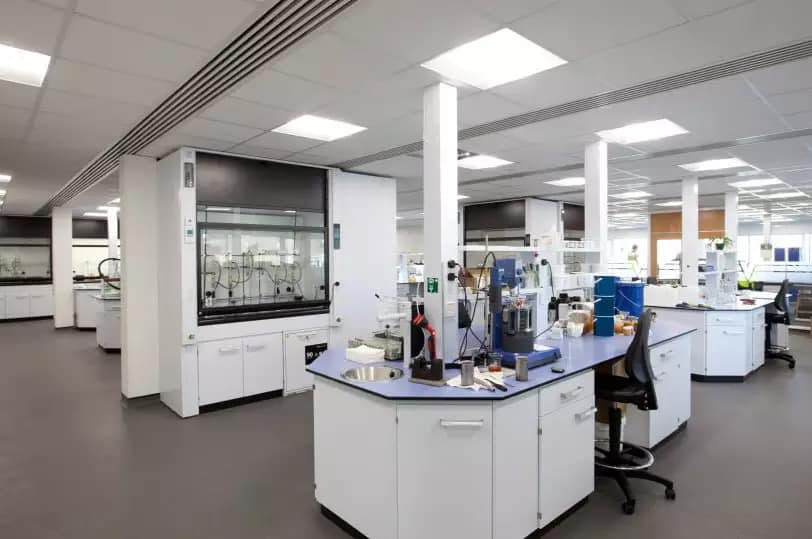How to avoid safety incidents in textile testing laboratories?

Textile testing laboratories refer to laboratories engaged in the sensory and physical and chemical testing of textile raw materials, textile products, clothing and their feather down (hereinafter referred to as laboratories)
1. Main laboratory activities
The main activity processes involved are the receipt and delivery of samples, the splitting of samples, the operation of instruments and equipment and the carrying out of tests, the storage, use and waste disposal of chemical reagents and the storage of samples. The main activities involved are.
(1) Sample receipt and transfer: the receipt of samples prior to testing and the process of transferring samples between functional rooms as defined by the testing workflow.

(2) Sample splitting: the splitting of samples into smaller samples of the size and quantity required for testing.
(3) Operation of textile testing equipment and testing work: physical properties testing of textile and clothing samples, colour fastness testing, washing testing, fibre content and chemical analysis testing, microbiological testing, etc.
(4) Storage, use and waste disposal of chemical reagents: storage of chemical reagents to be used, use of chemical reagents during testing and disposal of chemical waste after testing
(5) Sample storage and disposal: storage and storage of samples after testing and disposal of samples after the expiry of the specified storage period.
2. Hazard sources and their risk assessment
The occurrence of textile testing equipment accidents is the result of the interlocking reflection of human, machine, material, law and environmental factors in the laboratory, and people play a decisive role in the occurrence and prevention of accidents. Therefore, the author closely analyses each link of the personnel activity process in the textile testing laboratory, combining each functional room of textile testing to determine which sources of danger are present in each activity link, as well as the chances of occurrence and the corresponding risk level of the sources of danger.
2022-10-20 10:22

